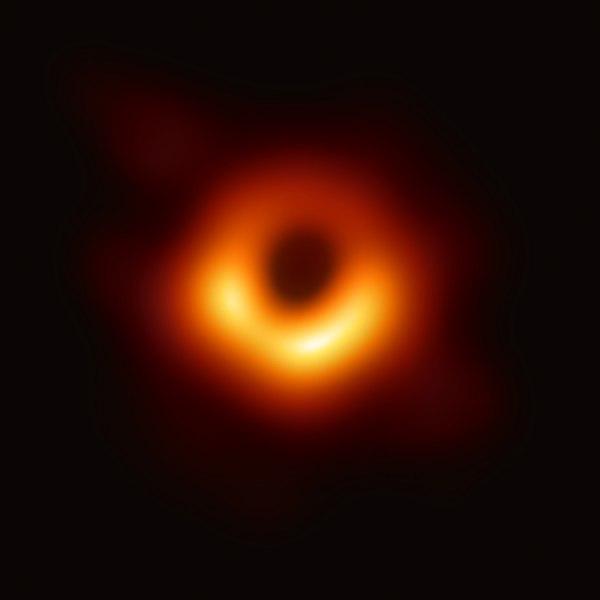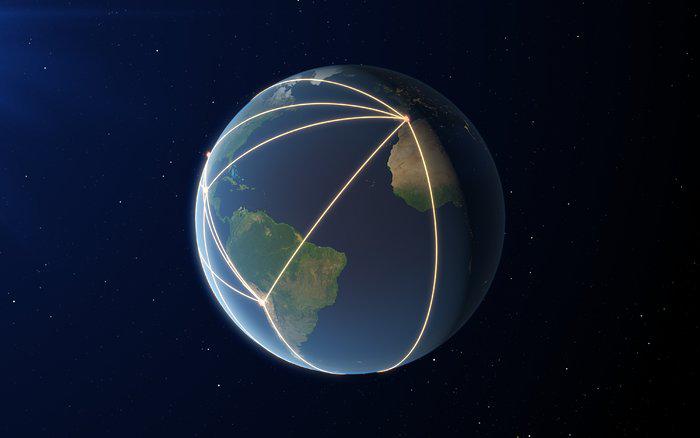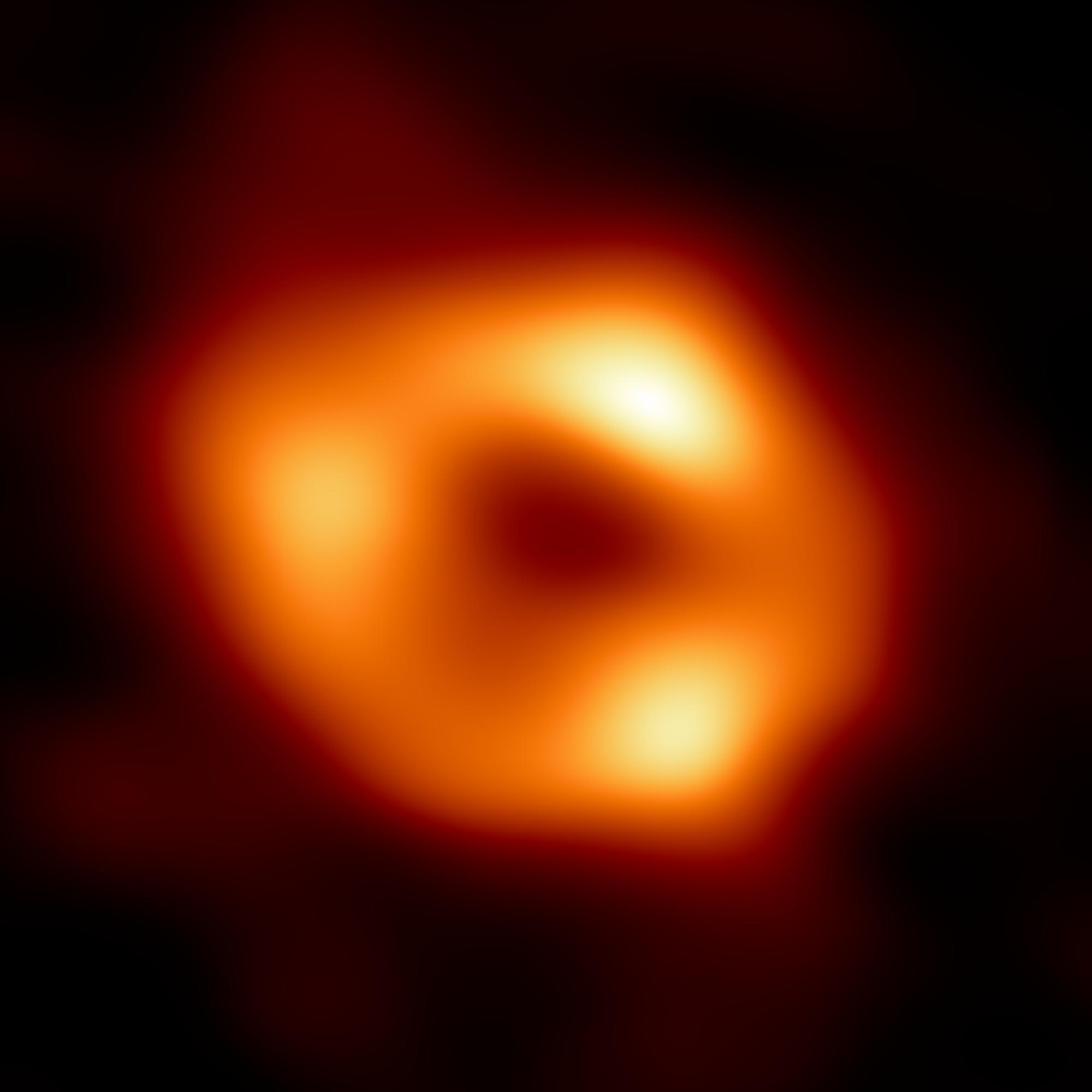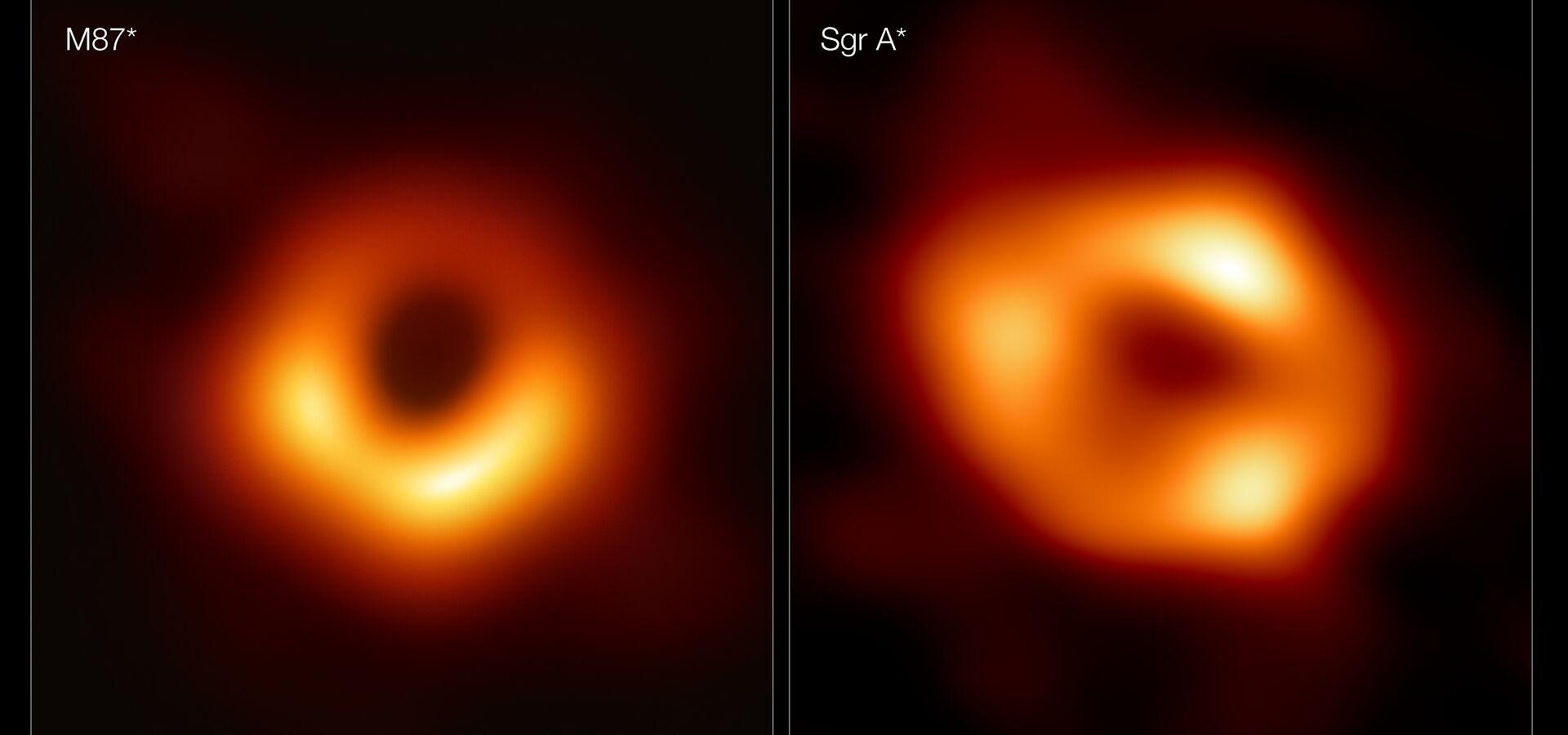*This text was written by a columnist. TecMundo; finally learn more.
In 1915, shortly after the publication of Albert Einstein’s first paper on the General Theory of Relativity, another German physicist, Karl Schwarzschild, found a workable solution to Einstein’s equations for the simplest case of a perfectly thin object. and extremely intense: a black hole.
However, Schwarzschild was not the first to idealize it. The idea of such an object – an object so large that even light cannot escape its gravitational pull – dates back to 1783, when Cambridge scientist John Michell postulated its existence.
A century after the Schwarzschild results (today known as the Schwarzschild radius), and later several discussions of the existence of bodies of this nature, many other mathematical solutions and observational proofs brought a certainty to our physical reality: black holes there really is.
But what do they look like? How can we see them if they don’t emit any electromagnetic radiation?
Due to matter orbiting and falling around black holes, which are both smaller stellar black holes and supermassive black holes at the center of galaxies, it is possible to detect X-ray emissions in close quarters. It is also possible to observe and measure the motions of individual stars orbiting seemingly empty regions in the galaxy, features that confirm the existence of black holes.

On April 10, 2019, we saw the result of a new black hole observing method for the first time in history. The Event Horizon Telescope (EHT) collaboration has released the first successful image of the event horizon of a black hole located at the center of the galaxy Messier 87 (M87), the largest and most massive galaxy in our local galaxy supercluster.
EHT is an international collaboration of observatories around the planet created to take shortwave interferometry to the next level. To do this, EHT relies on the technique of connecting radio antennas scattered around different parts of the Earth to create an Earth-equivalent-sized interferometer. In this way, the necessary potential to measure the size of black hole emission zones, such as at the center of M87, is obtained.

At 55 million light-years away, M87’s central black hole has a mass about 6.5 billion times our Sun. Its size corresponds to a larger size than Pluto’s orbit around the Sun, that is, larger than most of our Solar System.
This Thursday morning (12), the EHT released another unprecedented feat: the first image of our galaxy’s central black hole: Sagittarius A* (Sgr A*)!

Sgr A* is much smaller and much less massive than the M87 black hole, which complicates the mission more than it did in 2019. Sgr A* is only 27,000 light-years away, and instead of 6.5 billion solar masses, Sgr A* is estimated to be about 4 million solar masses. It also has a size equivalent to Mercury’s orbit: by comparison, if Sgr A* were a small donut, M87’s black hole would be a football stadium!
Because it is smaller and less massive, its luminosity is less intense and changes more quickly, making the image more difficult to obtain. But this image isn’t the black hole itself (which isn’t possible because no light is emanating from it), but one of its most essential features: The glowing gas around it reveals the signature of the dark central region called the “black hole.” shadow” is surrounded by a bright ring-shaped structure.
The Sgr A* image was constructed similarly to the previous one: EHT radio telescopes around the world performed temporally simultaneous measurements of the same area in the sky; By recording these various images, it was possible to combine the data into a single image, as the Sgr A* was bright enough for such an attempt. The image was then computationally processed, giving the result that we can see for the first time in history.

This impressive feat, which will be the equivalent of any of us seeing a small coin on the Moon’s surface, once again confirms one of the predictions of Einstein’s General Theory of Relativity and will help us understand what is happening at the center of our galaxy. and how these supermassive black holes affect the environment around them.
Nicolas Oliveiracolumnist TecMundoHe holds a bachelor’s degree in Physics and a master’s degree in Astrophysics. Professor and currently doing his PhD working with galaxy clusters at the National Observatory. He has experience in Teaching Physics and Astronomy and researching Extragalactic Astrophysics and Cosmology. He works as a scientific dissector and communicator for the dissemination and democratization of science. Nicolas is found on social networks as: @nicooliveira_.
Source: Tec Mundo
I am Bret Jackson, a professional journalist and author for Gadget Onus, where I specialize in writing about the gaming industry. With over 6 years of experience in my field, I have built up an extensive portfolio that ranges from reviews to interviews with top figures within the industry. My work has been featured on various news sites, providing readers with insightful analysis regarding the current state of gaming culture.













